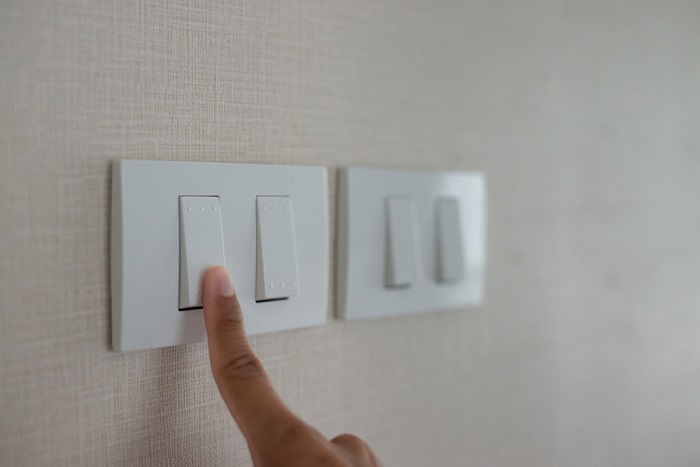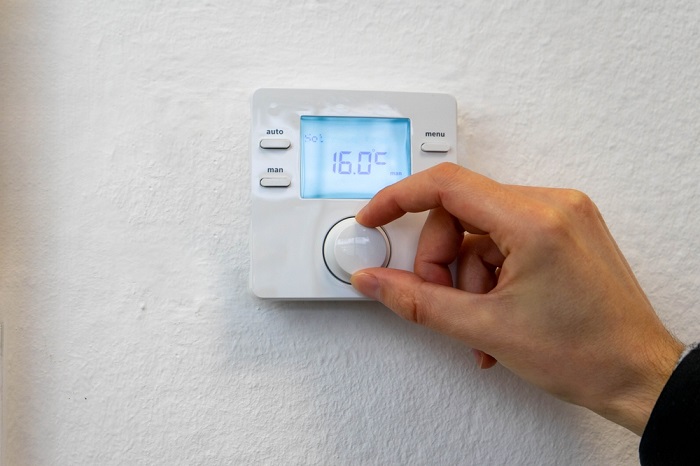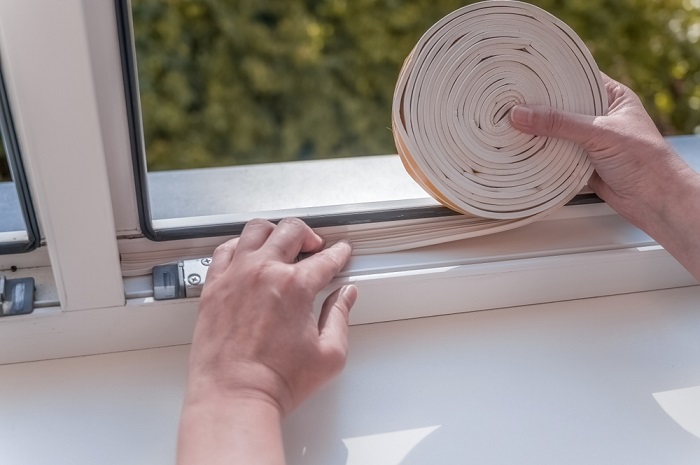
You’ve probably noticed that utilities and appliances have become more energy efficient, but this is offset by the increase in our energy consumption. American households are consuming 50 percent more energy compared to 1990, and 20 times more than in 1950. As a result, energy costs are sky high. When going green at home, you want options that are budget-friendly. If you’re struggling to find ways to reduce your electricity bill, below are tips to get you started.
Switch to Energy-Efficient Appliances
One of the fastest ways to reduce your electricity bill is to switch to energy-efficient appliances, which might require some upfront investment, but the payoff is worth it. This is especially true for big, energy-hungry appliances such as refrigerators, air conditioners, and washers. Not only will you save on electricity bills in the long run, but you can also claim tax credits.
Appliances that have an Energy Star rating are certified to meet energy efficiency standards. The blue Energy Star label allows you to easily identify which appliances to get for maximum energy savings. As we mentioned earlier, newer appliances are becoming more energy efficient. For example, new washers that bear the Energy Star label use 25 percent less energy.
Monitor Energy Use
Wouldn’t it be nice to stop guessing what’s causing your high electricity bills?
Monitoring energy use can help you identify inefficiencies in your home. You can calculate an appliance’s energy consumption by using simple tools such as a clamp meter. For a more detailed analysis, high-tech tools such as energy monitors and smart meters are ideal.
It might also be helpful to do a comprehensive energy audit of your home to find out sources of energy loss and pinpoint improvements for long-term energy savings. If you don’t want to do it yourself, you can get a professional energy audit. Several electric companies offer a free audit, so check if your electric company offers one. A professional energy audit can also help you improve overall home comfort by solving problems with temperature, humidity, ventilation, and air quality.
Adjust the Thermostat

One of the easiest ways to save energy and the environment is to adjust the thermostat in your home. This means turning up the thermostat of the HVAC system during summer and turning it down during winter. A few degrees can result in major savings in electricity bills every year.
You can add to these savings by adjusting the thermostat when you’re not home. This could save you 5 to 15 percent on heating and cooling every year. Programmable thermostats allow you more functionality; they’ll automatically adjust the temperature according to your schedule. Some advanced thermostats use motion-detecting sensors to determine when people are home or away and adjust the thermostat accordingly.
Reduce Water Usage
Did you know that heating water at home is the second-largest expense on your electricity bill? The average American family uses 300 gallons of water per day. This includes water used in dishwashers, showers, and washing machines. Cutting down on hot water usage can have a significant impact on reducing your electricity bill.
Some of the ways you can reduce hot water consumption are switching to energy-efficient showerheads to minimize wasting water, fixing leaky faucets, and washing clothes in cold water. You can also perform your energy-intensive chores during off-peak times, which can be 5 to 25 percent cheaper.
Use a Home Energy Management System
Home energy management systems are gaining popularity as solar power and battery storage solutions become viable. These systems, which consist of software and hardware, help optimize energy usage by offering tools to monitor and control various home appliances, lights, and other electrical components.
With a home energy management system, users can view real-time energy usage and turn devices on and off. Most systems offer the ability to take action remotely, so users can monitor and control their electrical devices from almost anywhere with internet access. These systems also help you get valuable insights on how to save energy by analyzing energy efficiency and home usage trends.
Insulate Your Home

Insulating your home is a smart investment, as it drastically reduces your energy bills. According to the EPA, homeowners can save an average of 15 percent on HVAC costs by improving their home’s insulation. This includes adding insulation to the floors, attic, and accessible basements. Other areas of your home to insulate include the exterior walls and water pipes. You can also command a higher market value for your home by investing in improved insulation.
The easiest time to insulate a house is when it’s in construction, but that’s not an option for most people. You can insulate your existing home via a DIY project or assistance from a professional. This involves injecting insulating material into the cavity between walls, floors, and other parts of your home.

